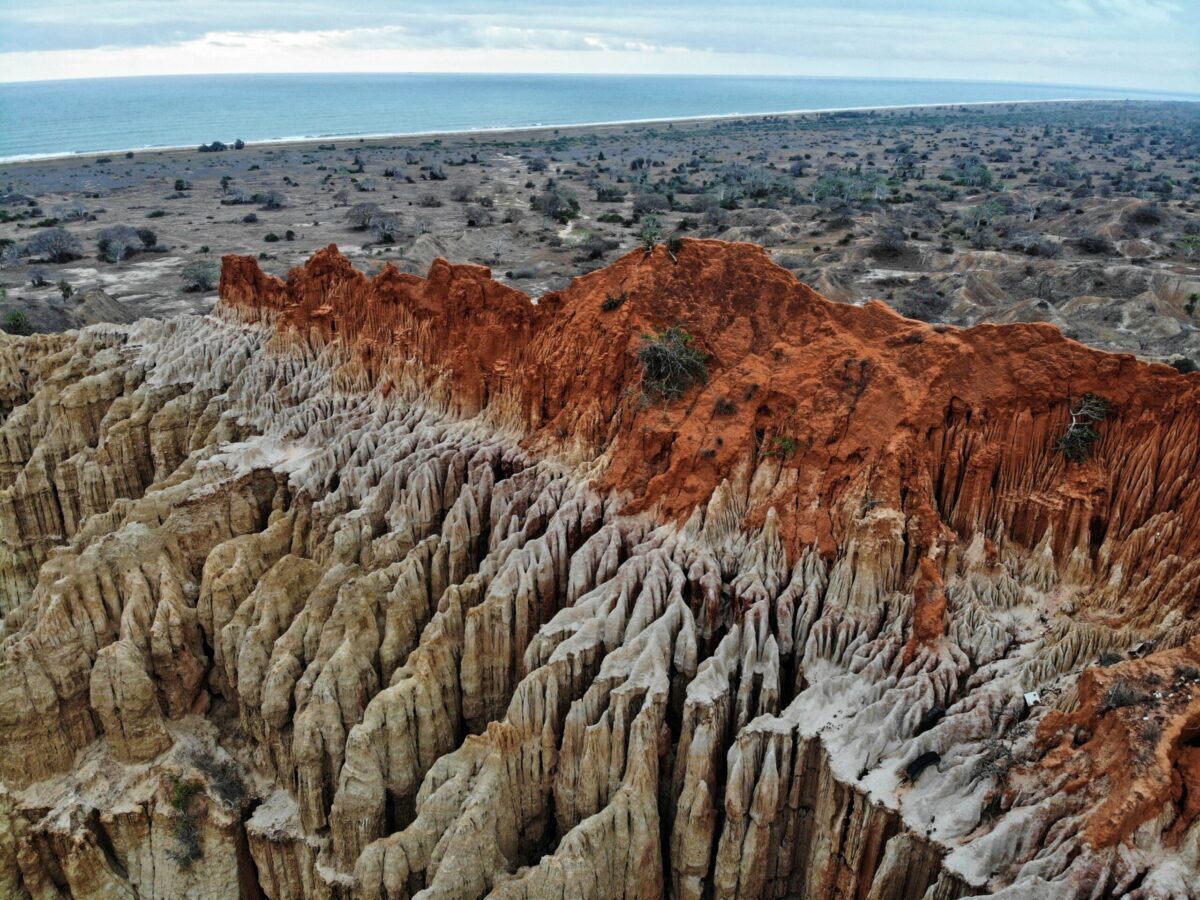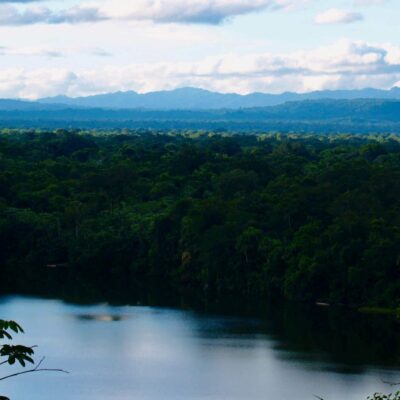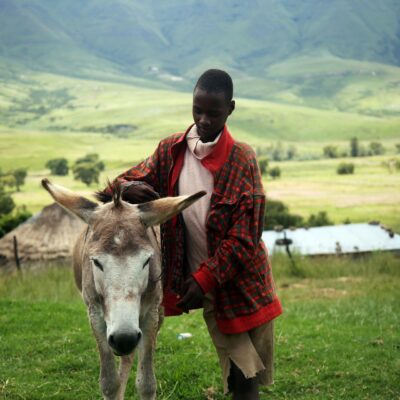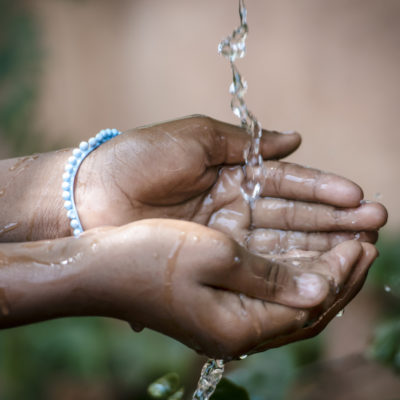 Morro da Luan, Luanda, Angola. Photo: Jorge Sá Pinheiro / Unsplash
Morro da Luan, Luanda, Angola. Photo: Jorge Sá Pinheiro / Unsplash
This is a summary of a post originally posted on the website of the School of Global Studies at the University of Gothenburg authored by Linda Genborg.
New research published by Ruy Blanes in a recent paper in Review of African Political Economy highlights the potential of large-scale national infrastructure projects in Angola and Mozambique to “contribute to natural disasters becoming humanitarian death traps”.
“Social Anthropologist Ruy Blanes has studied the impact of recent droughts in Angola and cyclones in Mozambique on the local population. In his research, he sees a link between both governments’ policies for infrastructural development and extractive activities – and the occurrence of climate-related humanitarian disasters.”
So-called mega-infrastructure projects, like hydroelectric dams or extractive activities, often fail to adequately consider local conditions, particularly the needs of and impacts on local populations. In the context of extreme weather events like droughts and cyclones, the potential negative impacts on local communities are exacerbated, leaving people with their homes and livelihoods at risk and without access to support. Blanes links this to a lack of inclusion and participation of local communities in the development of climate adaptation and resilience policies.










